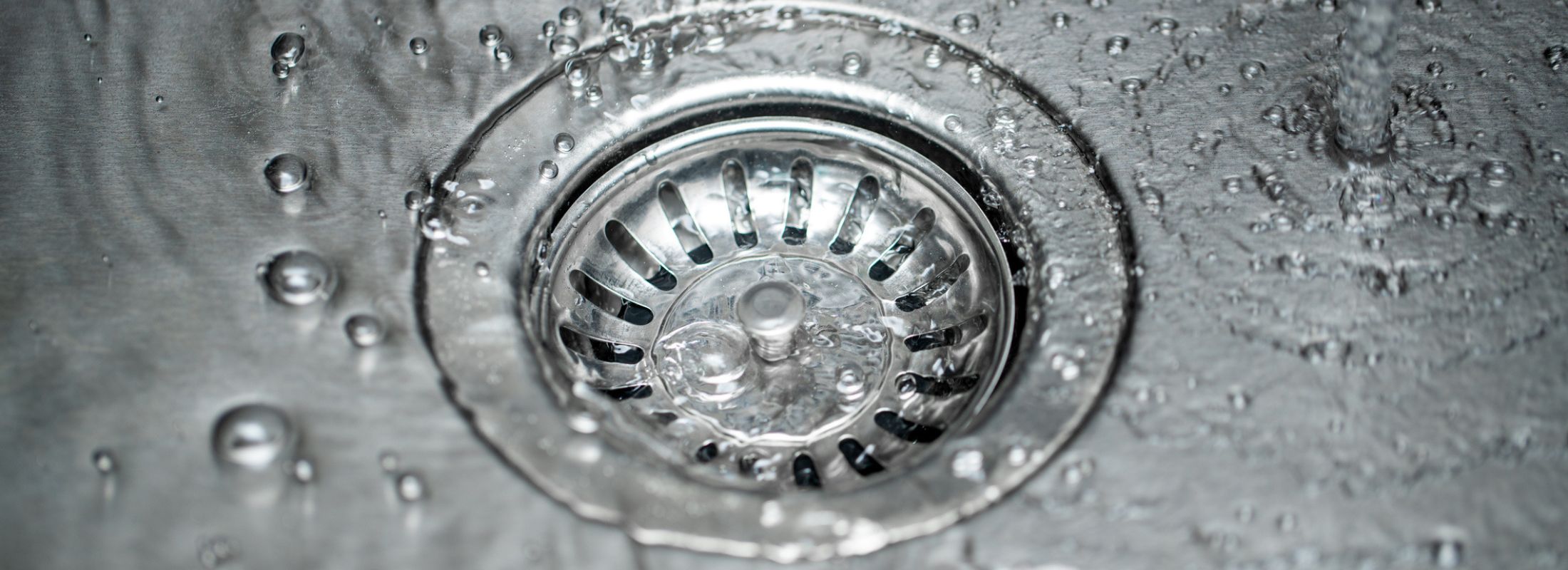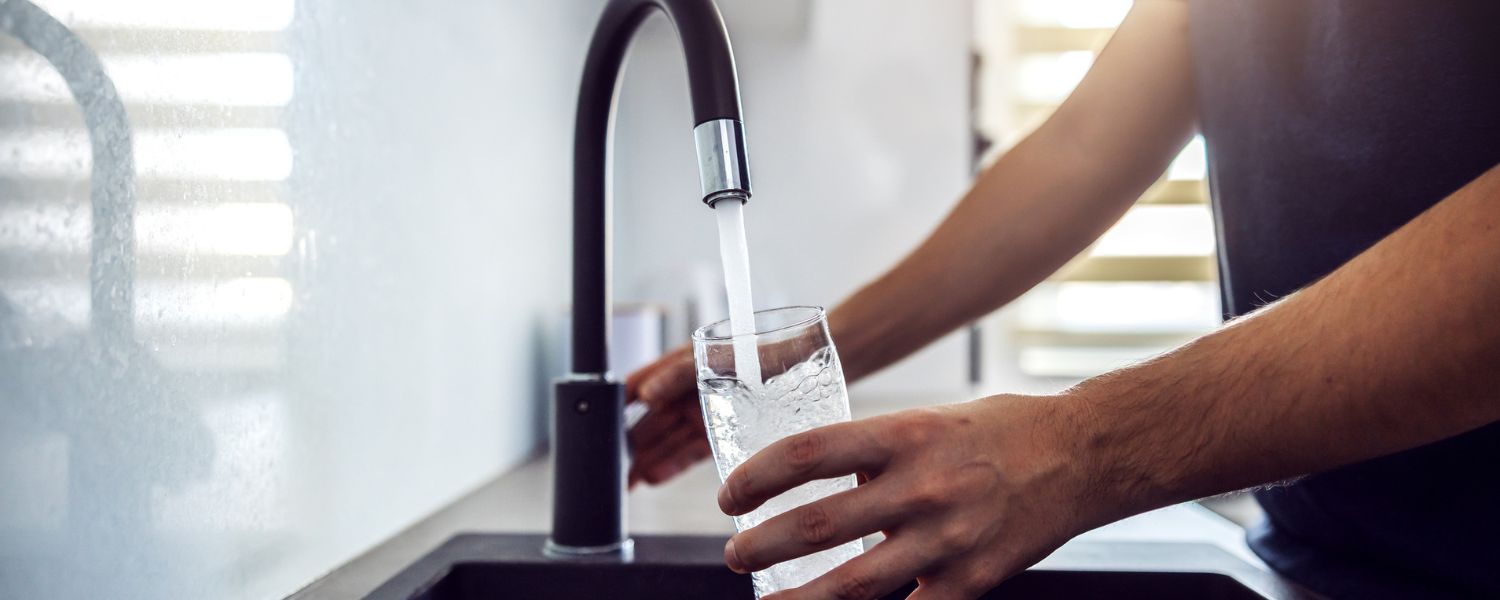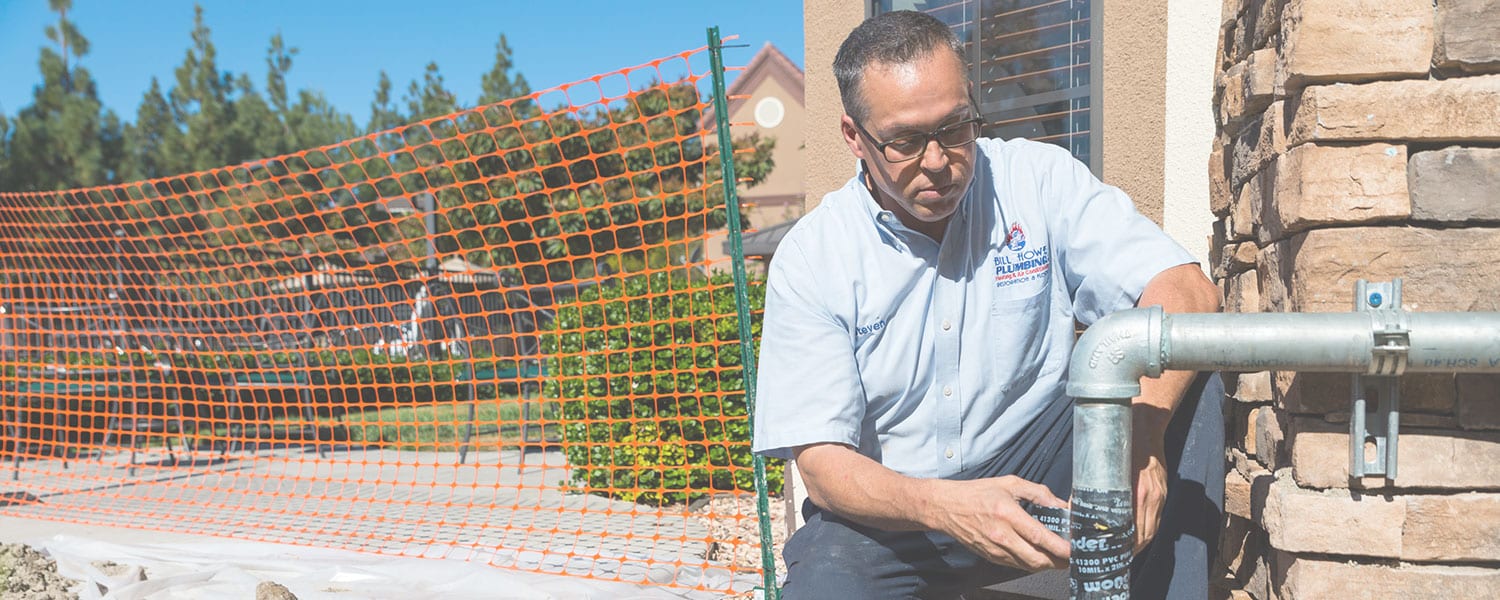San Diego has near perfect weather, but we do get winter storms and with them comes heavy rains. These rains can wreak havoc on the roads and also cause flooding across the county, including in many residential yards. Homeowners living in low floodplains can experience flooding in their yards, but it can also flood their homes without proper drainage systems in place.
There are a few types of residential drainage systems that can help homeowners who want to protect their home during the rainy season. Backyard drainage systems include surface drainage, subsurface applications, downspout and gutters, and slope systems.
Surface Drainage Systems
Most surface drainage applications can be found in commercial and residential properties. They are what you expect; surface canals built to divert water away from landscaping and properties. Surface drainage requires parallel ditches to be dug and lead into main drain systems to carry water away from the property and landscaping.
Surface drainage can be done by homeowners, but are better when designed by landscaping professionals to ensure it is the right type of drainage system for the property. They are helpful near flat areas where water consistently pools.
Subsurface Drainage Systems
Subsurface drainage systems are installed beneath the top layer of soil and help to remove the excess water from soil that typically would become waterlogged and pool water during heavy rains. An example of a subsurface drainage system is a trench drain. Trench drains are also known as french drains or area drains.
French drains are perforated plastic or metal drains and typically are installed in a trench surrounding the condition of the home. The drains are surrounded with gravel before backfilling and finished landscaping.
French drains collect water runoff and flow in order to prevent groundwater from billing and collecting and then flooding properties or turning backyards into swimming pools.
Downspout and Gutter Systems
Rain gutters work great to direct the flow of water and debris so it does not run down around the foundation or buildup in low areas eventually coming into the home or damaging the exterior stucco. Downspouts lead the water away from the home, and should also lead to an exterior drainage system so it is not simply dumping in the yard.
Slope Drainage Systems
Sloping drainage systems are built at a on a downward angle slope and anchored into a property’s natural slope to assist in removing excess water that could potentially flood a homeowner’s property and yard.
Do I Need a Backyard and/or Landscaping Drainage System?
Homeowners in San Diego are quite lucky that it does not rain often and many homes do not necessitate backyard drainage systems. Even when we do get storm rains, it is not a big concern for everyone, but there are some homes that should have a need residential drainage systems in place to avoid damage to the property and possible flooding when it does rain.
Homes with Basements. In San Diego, it is rare to have a basement or lower level floor in your home, but they do exist. For homeowners with a basement, having proper drainage can help avoid flooding of the basement floor. Many homeowners also require a sump pump system installed in the basement.
Homes built on flood plains are required to have and maintain proper drainage. If homeowners live in a flood plain, it is likely they will already have a system in place. For a new home building, it will be part of the requirements.
Valleys in San Diego can flood during even short rains. If you have ever driven through Mission Valley on a rainy day, you have properly seen many areas closed off due to road flooding. Homes in these areas will not necessarily have a system installed, but definitely should. And once installed, residential drainage systems should be properly maintained.
Any homeowner that experiences frequent flooding or water pooling around perimeter of the home should consider investing in a residential drainage system to protect their property from water damage. Water damage can lead to foundation issues, as well as enter the home causing high repair costs.
Who Installs Residential Drainage Systems?
Most landscaping contractors can design and install the right residential drainage system for your home. Installing a new system or replacing an existing or failing system can range in costs, and all depends on the infrastructure and design, and whether concrete or subcontractors will be needed, as well.
According to HomeAdvisor, outdoor drainage systems can range between $1800 to over $5,000.
Many plumbing contractors will design and install french or area drains, however, landscaping contractors should be consulted. Plumbers will help homeowners maintain their area drains and recommend annual snaking and a camera inspection prior to heavy rains.
French/Area Drains
In San Diego, many homes have an area drain to help with stormwater runoff. Because they do not see regular use, as San Diego has limited rains, they can become clogged with dirt, debris, rocks and leaves. Unlike interior home drains, area drains do not show immediate signs of a clog and homeowners discover drainage problems only when they back up after a heavy storm.
Area drains can be snaked and inspected with a camera; for homeowners concerned about possible flooding, it is best to contact a plumbing contractor before the rainy season.
If homeowners have an existing area or french drainage system and would like to ensure it is in optimal condition or have any questions about drainage problems, call the drain experts at 1-800 BILL HOWE (245-5469). We have the drainage solutions suited for you!




